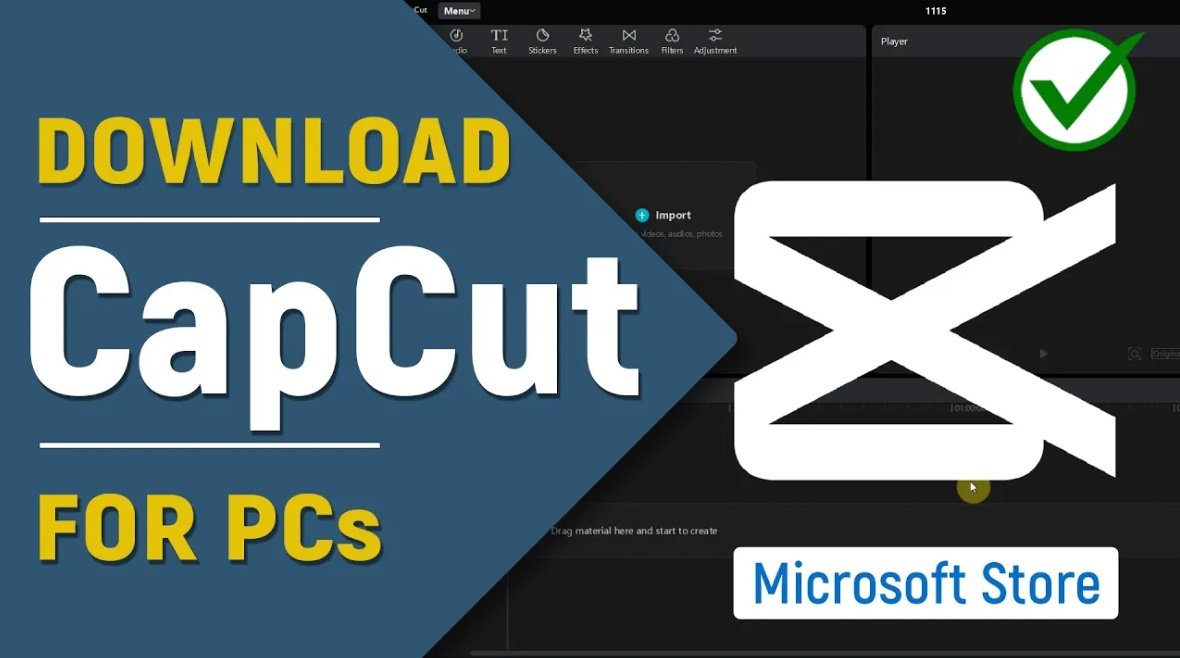How to Convert Video Into Image Sequence in Adobe Photoshop CC
How to Convert Video Into Image Sequence in Adobe Photoshop CC: In this video tutorial, you will learn how to convert a video into image sequence in Adobe Photoshop CC.
To convert a video into an image sequence in Adobe Photoshop CC, you can follow these steps:
- Open Adobe Photoshop CC on your computer.
- Go to “File” in the menu bar and select “Import” followed by “Video Frames to Layers.”
- In the dialog box that appears, locate and select the video file you want to convert. Click “Open.”
- In the next dialog box, you can specify the range of frames you want to import from the video. You can choose to import all frames or a specific range by entering the start and end frame numbers. Click “OK.”
- Photoshop will now import the selected frames as individual layers. You will see a new document with each frame appearing as a separate layer in the Layers panel.
- If needed, you can rearrange the layers or make any adjustments to individual frames. For example, you can apply filters, adjust colors, or make edits to specific frames.
- Once you’re satisfied with the adjustments, you can export the layers as an image sequence. Go to “File” in the menu bar and select “Export” followed by “Render Video.”
- In the Render Video dialog box, specify the destination folder where you want to save the image sequence. Choose the desired file format (e.g., JPEG, PNG) and adjust any additional settings if necessary.
- Click “Render” to start the export process. Photoshop will save each layer as a separate image file, creating a sequence of images based on the video frames.
By following these steps, you can convert a video into an image sequence using Adobe Photoshop CC.
Rate post










Add comment